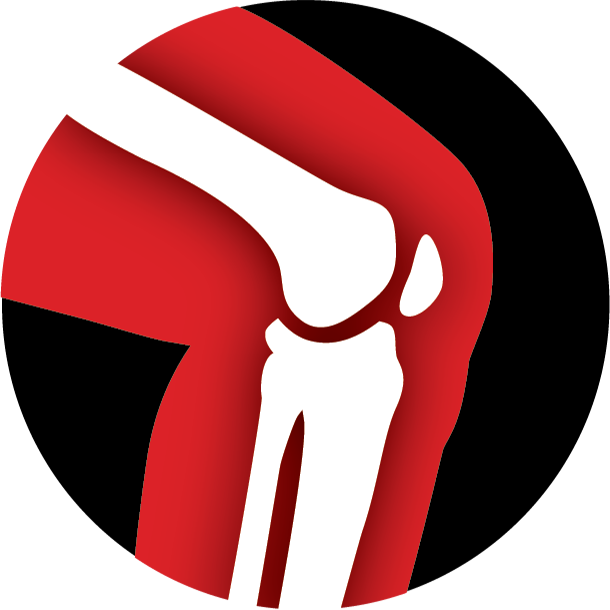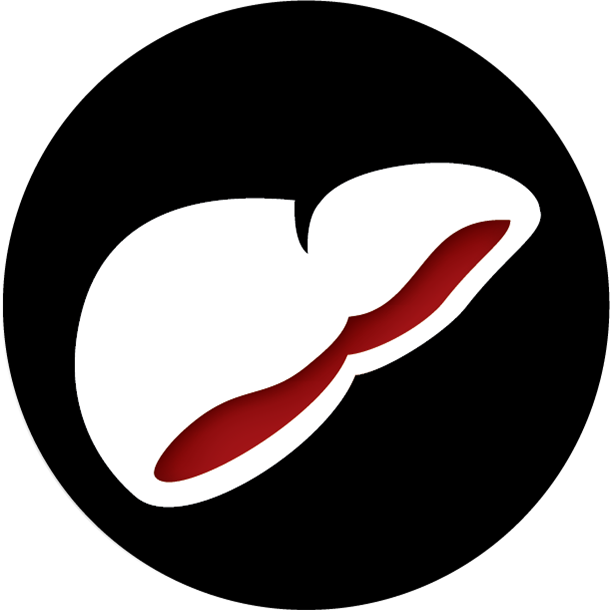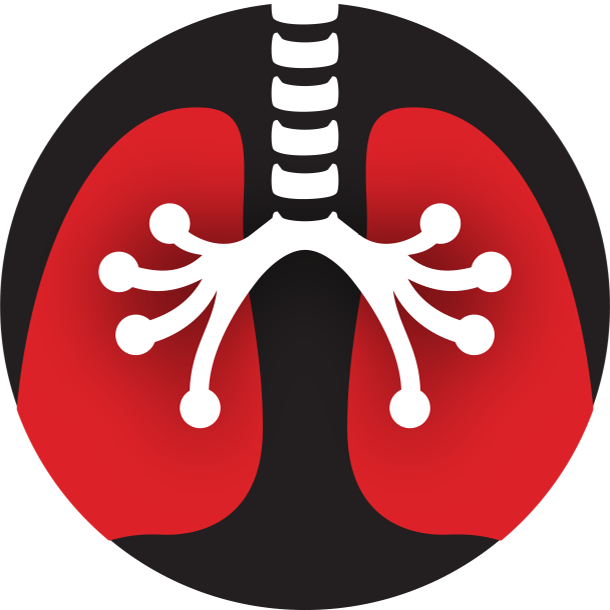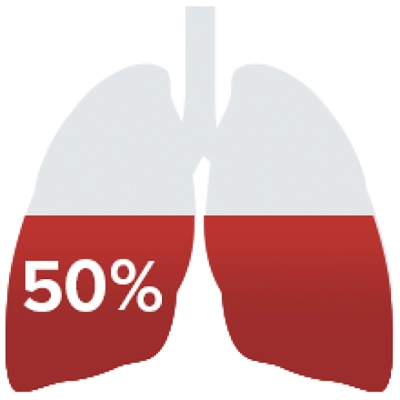Inflammation and Fibrosis Role

WHAT ROLES DO THE INFLAMMATORY AND FIBROTIC PROCESSES PLAY IN cGVHD?
Chronic graft-versus-host disease is characterized by a combination of tissue inflammation and fibrosis, which manifest across multiple organ systems.1-4
The relationship between these 2 processes in cGVHD is complex and not fully understood.3 Fibrosis may be viewed as a natural consequence of inflammation, as an independent process or as interrelated with inflammation in some ways but not completely dependent on it.5
Because of chronic inflammatory changes, cGVHD can present with collagen-producing fibroblasts,2 resulting in fibrotic lesions.2,4
Fibrotic lesions can develop across multiple organs4

SKIN

MOUTH

JOINTS

JOINTS

GI TRACT
.png)
ESOPHAGUS

LIVER

LUNGS
Fibrosis is a major contributor to life-threatening complications and significant morbidity.6
Patients develop multiorgan manifestations, including skin, mouth, joint/fascia, eye, upper and lower GI tract, esophagus, liver, genitourinary and/or lung manifestations.4,7,8
Skin manifestations are the most common, occurring in

Approximately half of patients have lung involvement,

which can manifest as bronchiolitis obliterans, a fibrotic manifestation that can be especially difficult to treat.
Although the inflammation associated with cGVHD can be addressed, there is limited evidence regarding the impact of current treatments on
fibrosis.10-15
How do inflammation and fibrosis affect patients’ lives?
What treatments are currently available for cGVHD?
Reference
- Zeiser R, Blazar BR. Pathophysiology of chronic graft-versus-host disease and therapeutic targets. N Engl J Med. 2017;377(26):2565-2579. doi:10.1056/NEJMra1703472